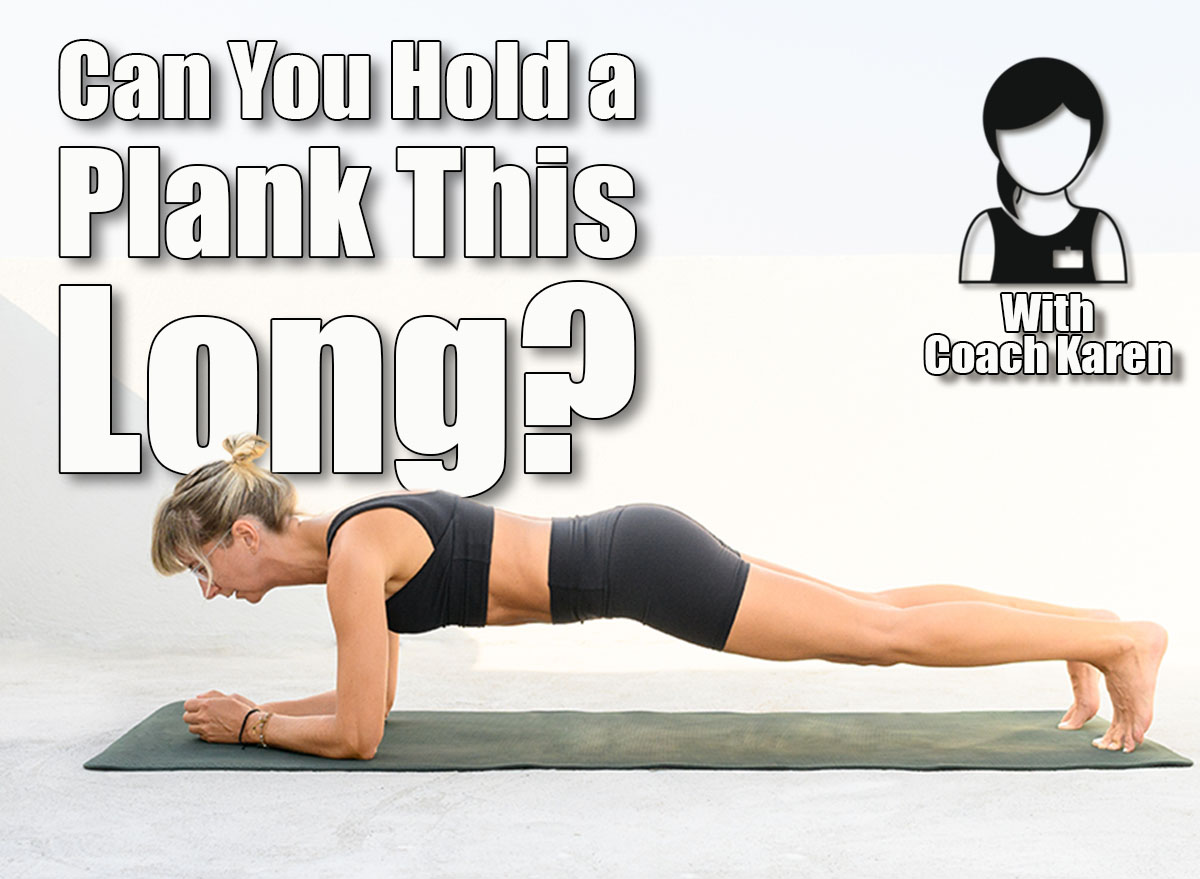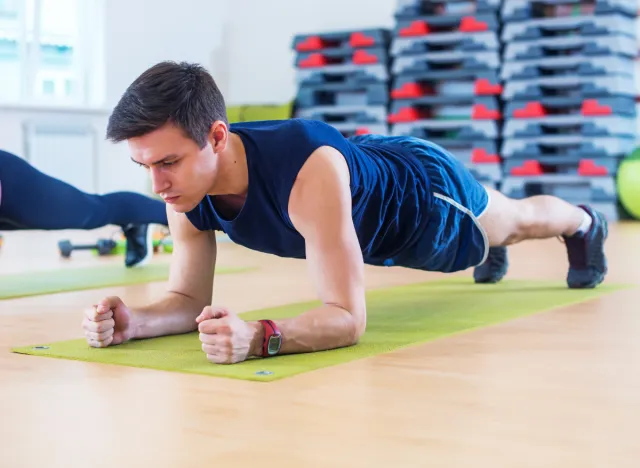Over 45? If You Can Hold This Kind of Plank This Long, Your Core Is Elite

If you’re over 45, consider adding planks to your workout routine. This low-impact bodyweight exercise is truly stellar when it comes to improving balance, core strength, and stability, as planks strengthen your muscles without placing undue strain on your joints. Enhancing these areas of your body will help you avoid falls and injuries, improve posture and mobility, reduce back pain, and boost overall quality of life. Who knew one exercise could bring so much goodness to your health? In fact, if you can hold this plank for a certain amount of time after 45, your core strength is considered “elite.”
The Importance of Core Strength After 45

Why is building and maintaining core strength so essential after 45? You can lose anywhere from 3% to 8% of lean muscle every decade after 30 if you don’t routinely perform strength training. That’s where bodyweight exercises like planks come into play in helping build up your core and total-body muscle.
According to Karen Ann Canham, CEO and founder of Karen Ann Wellness, “The deep stabilizers weaken with age and sitting, reducing balance and posture while increasing back pain.”
Canham adds, “[Core strength] supports spinal health, balance, and injury prevention. A strong core also stabilizes every other lift and daily movement.”
Research backs up the benefits. One study published in the Journal of Physical Therapy Science revealed that older participants who performed core strength exercises experienced substantial improvements in balance. Another study published in the International Journal of Behavioral Nutrition and Physical Activity showed that engaging in core stability exercises is a productive way to address lower back pain among older women.
Holding a Forearm Plank Signals Elite Core Strength After 45

What exactly does plank duration reveal about strength? Canham notes, “Plank duration shows endurance of the entire core system, not just abs. Longer holds mean better functional stability.”
There are many plank variations, but which reigns supreme when it comes to top-tier core strength? A classic forearm plank, held with proper alignment (level hips, stable shoulders, and a neutral spine).
You should be able to hold a forearm plank for 90 seconds or more while maintaining solid form after 45. This is a telltale sign of “elite stability and endurance,” Canham tells us.
If you’re unable to hold a plank for this timeframe, Canham suggests a few ways to improve: “Practice shorter sets daily, add side planks, and strengthen supporting muscles like glutes and shoulders.”